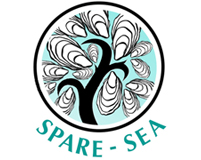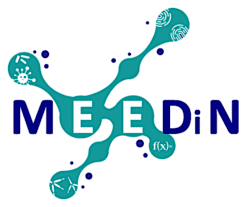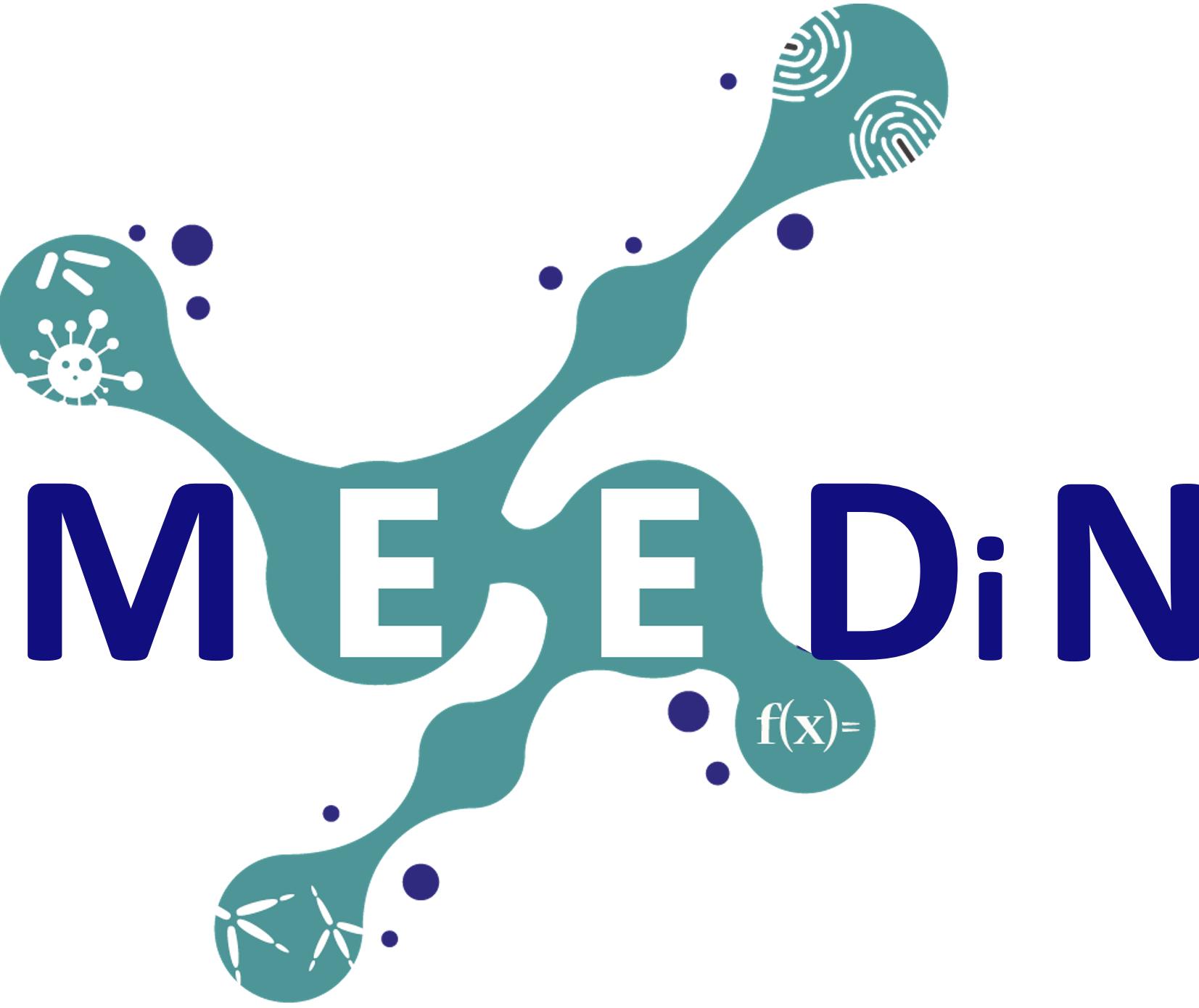Project Funded by the ANR (ANR-19-CE18-0025)
CURRENT PROJECTS
PI : Agnès Delmas (CBM Orléans)
Collaborators: Vincent Aucagne, Karine Loth, Hervé Meudal, Lhousseine Touqui, Philippe Bulet, Sébastien Voisin, Rafael Da Rosa, Noémie de San Nicolas, Caroline Montagnani, Jean-Michel Escoubas, Viviane Boulo, Guillaume Charrière, Delphine Destoumieux-Garzon
Project Funded by the ANR (ANR-19-CE18-0025)
PI : Mathias Wegner (AWI, Germany)
Collaborators : Luigi Vezzuli (UNIGE, Italy), Gianlucca Como (CNR, Italy), Karl Andree and Dolors Furones (IRTA, Spain), Delphine Destoumieux-Garzon, Caroline Montagnani, Eve Toulza, Céline Cosseau, Arnaud Lagorce, Viviane Boulo, Marie-Agnès Travers, Gaelle Courtay, and Océane Romatif (IHPE, France), Bruno Petton and Fabrice Pernet (LEMAR, France)
Funded by the European Union’s Horizon 2020 research and innovation programme under grant agreement No. 869178-AquaticPollutants.
PI : Frédéric THOMAS (MIVEGEC, France)
Collaborators: Beata Ujvari (Deakin University, Australia), Rodrigo Hamede (University of Tasmania), Benjamin Roche (MIVEGEC Montpellier), Nicolas Bierne (ISEM, Montpellier), Delphine Destoumieux-Garzon (CNRS, Montpellier), Guillaume Charrière (Université de Montpellier), Maurine Hammel (Université de Montpellier), Erika Burioli (CNRS, Montpellier).
Project funding: ANR TRANSCAN (ANR-18-CE35-0009) 2019-2023
RELEVANT PUBLICATIONS Click here for the full list

Proc Natl Acad Sci U S A,
Vibrio species cause infectious diseases in humans and animals, but they can also live as commensals within their host tissues. How Vibrio subverts the host defenses to mount a successful infection remains poorly understood, and this knowledge is critical for predicting and managing disease. Here, we have investigated the cellular and molecular mechanisms underpinning infection and colonization of 2 virulent Vibrio species in an ecologically relevant host model, oyster, to study interactions with marine Vibrio species. All Vibrio strains were recognized by the immune system, but only nonvirulent strains were controlled. We showed that virulent strains were cytotoxic to hemocytes, oyster immune cells. By analyzing host and bacterial transcriptional responses to infection, together with Vibrio gene knock-outs, we discovered that Vibrio crassostreae and Vibrio tasmaniensis use distinct mechanisms to cause hemocyte lysis. Whereas V. crassostreae cytotoxicity is dependent on a direct contact with hemocytes and requires an ancestral gene encoding a protein of unknown function, r5.7, V. tasmaniensis cytotoxicity is dependent on phagocytosis and requires intracellular secretion of T6SS effectors. We conclude that proliferation of commensal vibrios is controlled by the host immune system, preventing systemic infections in oysters, whereas the successful infection of virulent strains relies on Vibrio species-specific molecular determinants that converge to compromise host immune cell function, allowing evasion of the host immune system.
dddddddddddd
Read moreNEWS

Aquaculture has been identified as a gateway for antimicrobial resistance (AMR) spread worldwide. Still, little is known on AMR in the oyster aquaculture environment. The economically important oyster species Crassostrea gigas is cultured in coastal areas that are often contaminated by AMR determinants (antibiotics, resistance genes, and resistant bacteria) and other pollutants known to co-select for AMR. Moreover, antibiotics are used in hatcheries. AMR therefore threatens the safety of coastal marine systems, the sustainability of shellfish farming and human health. Preliminary data obtained at the IHPE lab have shown that antibiotic-resistance genes (ARG) are present in the genomes of oyster-associated vibrios (Rubio T et al, PNAS, 2019 ; Lagorce A et al., non publié) and are expressed by the oyster-associated microbiota (metatranscriptomic data) (Lucasson A et al., BioRxiv, 2020). A first inventory has evidenced a broad diversity of ARG circulating in Vibrio isolated from coastal environments used for oyster culture (unpublished). The post-doctorate is part of the European SPARE-SEA project aimed at characterizing the environmental spread and persistence of antibiotic resistances in aquatic systems use for oyster farming. The objective of the postdoctoral researcher will be (i) to estimate ARG occurrence and expression in microbiota of oysters sampled along anthropization gradients using metatranscriptomics analysis and (ii) to identify potential human/environmental drivers of ARG selection in coastal marine environments through statistical analysis. The study will be conducted in four European regions used for oyster farming.
.
.
PHOTO GALLERY
Montpellier


